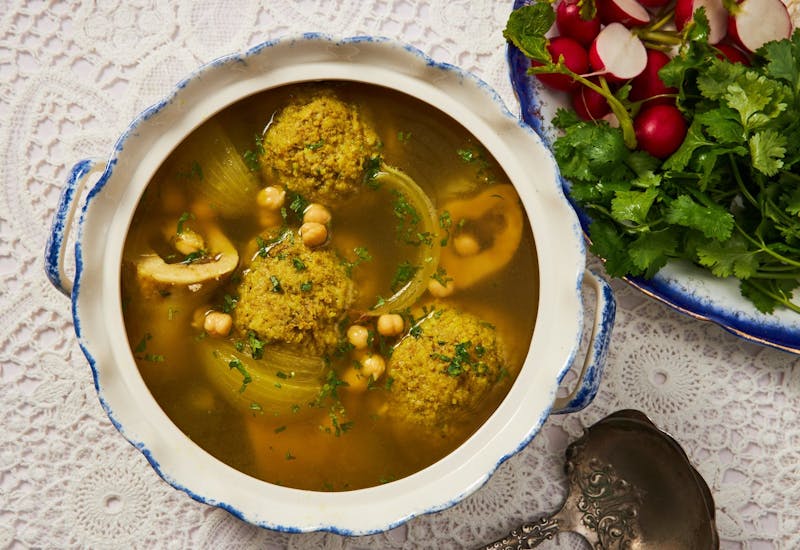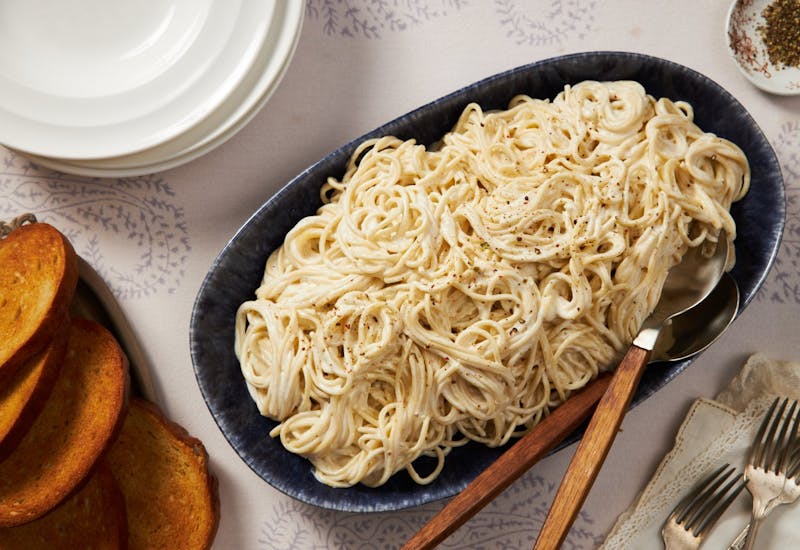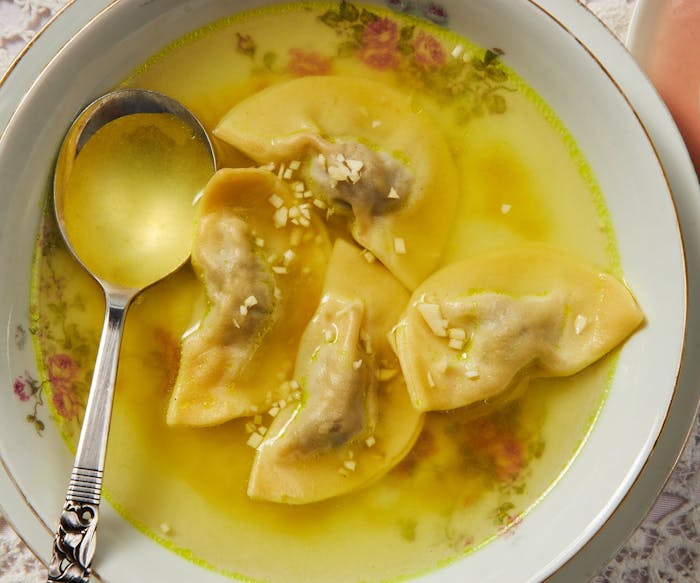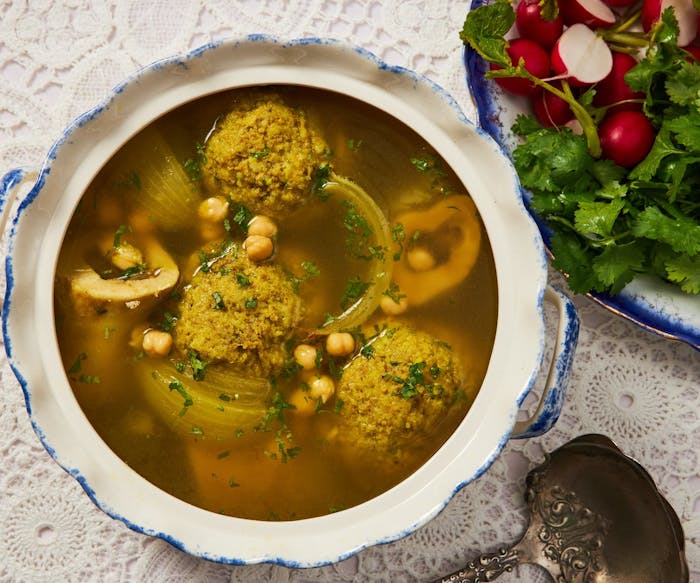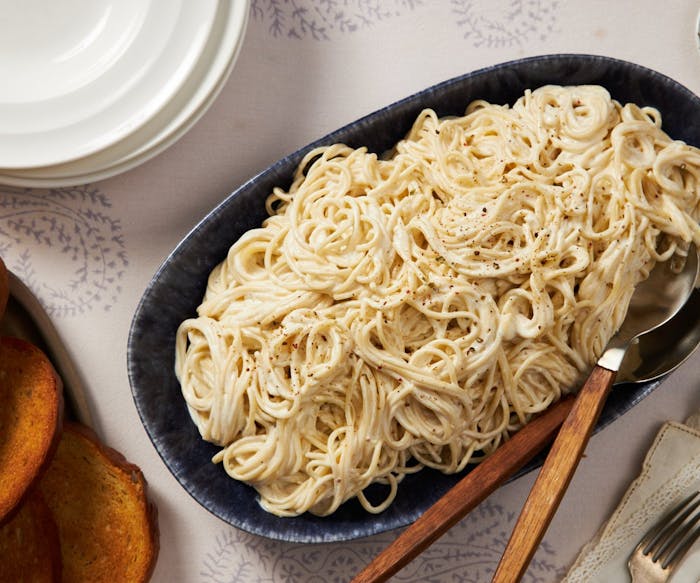Shared by Danielle Rehfeld Colen
Chefte, Chatachtuma, and More From the Nash Didan Jewish Community
Chefte, Chatachtuma, and More From the Nash Didan Jewish Community
Family Journey
Nash Didan Jews “don’t have a country…. There’s no nationality” says Danielle Rehfeld Colen, who grew up in a Nash Didan family in New York. Instead, “there’s a common language that binds them.” Lishan Didan, meaning “our language” is a dialect of Judeo Neo-Aramaic spoken among this little-known community that lived near the borders of Iran, Iraq, Turkey, and Azerbaijan, and traces its roots to the Babylonian exile 2500 years ago.
“It’s the funniest language,” says Danielle’s mother Dina. To curse someone, for example, you say you hope they get stuck in the mud and can’t get out. “It’s hard to explain,” she says laughing with her sister Miriam and Danielle. It was also a secret language in the family. “This was not a language that other Jews in Israel had heard of,” Danielle adds.
Her family came to Israel by way of Tbilisi, Georgia and Tehran. During World War I, part of the Nash Didan population left for the Caucasus Mountains and some to Tbilisi, where Danielle’s grandparents were born. But, in 1940, the family fled to Tehran, and 1948 to Israel. They only knew three other Nash Didan families nearby in Israel. “We were very close to each other,” says Dina. “We had the same problems, no money, no food,” but they helped each other and gathered for tea speaking their mother tongue — but they rarely spoke about the past, say the sisters.
It wasn’t just the language that tied them to their heritage, though, it was recipes. Nasi, Danielle’s grandmother, prepared chefte, or large meatballs made with rice, that were eaten with hot broth on Friday nights and then again on their own, cold on Saturday mornings. She also made chatachtuma, pasta tossed with yogurt, garlic, and black pepper, and khinkali, which is traditionally a Georgian recipe, but the sisters grew up knowing it as their mother’s food. They knew all of these dishes as “‘shelanu’ — ours,” Danielle says as she translates for her aunt, adding “the language of the food transfers over borders.”
Danielle was initiated into the Nash Didan kitchen on summer trips to Israel to visit Miriam, who holds the family recipes. After Nasi passed away, the family missed her cooking, leading Miriam to ask her aunts how to make the dishes she grew up with. Like many family recipes transferred from one generation to the next, they were given with loose instructions and no measurements. Miriam cooked the dishes over and over and “when it would come out tasting like her mother’s food, she would write it down,” says Danielle, translating for Miriam.
In more recent years, Danielle has asked Miriam to teach her the family recipes, which may find their way into a small book in the future, says Danielle. She’s also passing them on to her own daughter, who is a toddler and devours chatachtuma regularly for lunch. When Dina and Miriam fed her pieces of chefte recently, she loved that too. They started laughing excitedly saying: “She’s Nash Didan, she’s Nash Didan!”


